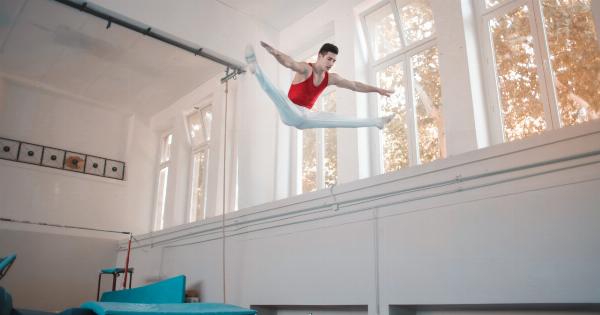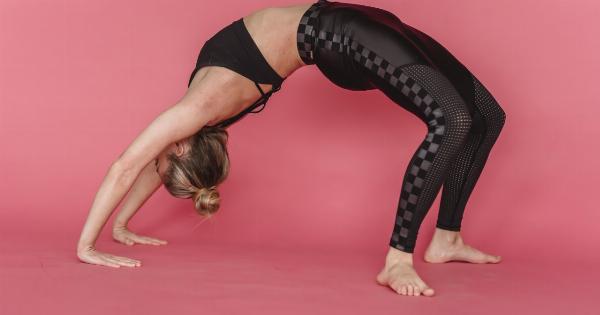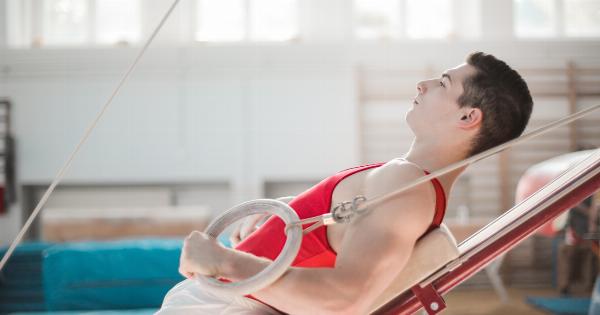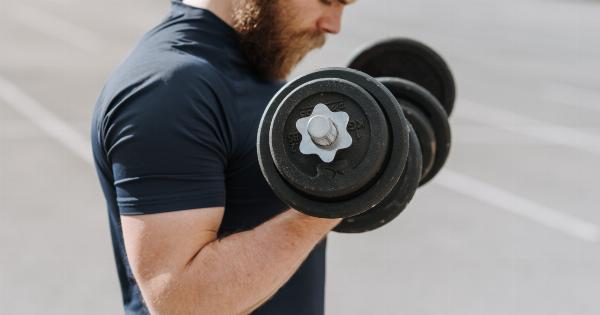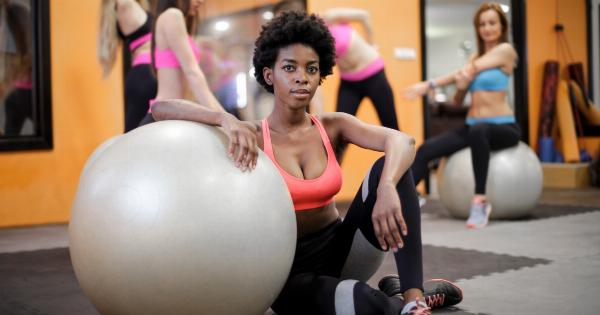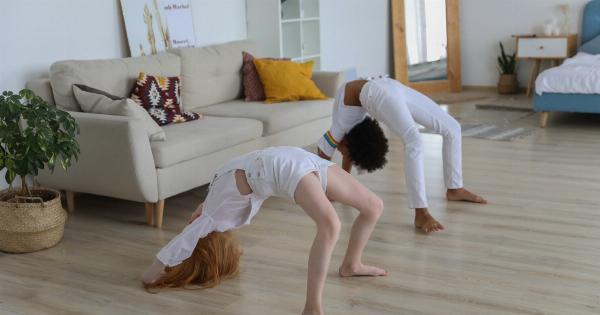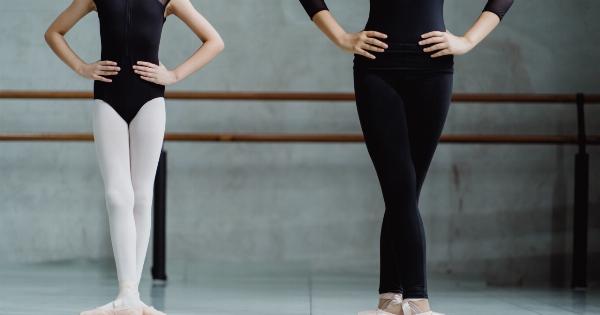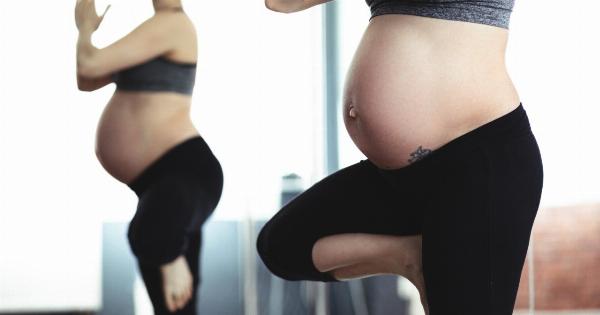Gymnastics is an exhilarating sport that requires strength, flexibility, and incredible body control. It showcases the elegance and grace of athletes as they perform various artistic and acrobatic movements.
However, as with any physically demanding sport, there are inherent risks involved. Gymnastics can be dangerous, and it is essential to be aware of the potential hazards to ensure the safety of participants.
The Nature of Gymnastics
Gymnastics is a sport that combines elements of strength, flexibility, balance, and coordination while performing routines on various apparatus, such as the floor, balance beam, uneven bars, and vault.
These high-intensity activities put considerable strain on the body, making gymnastics a sport with a higher risk of injuries compared to many others.
Common Injuries in Gymnastics
Gymnasts may be prone to a wide range of injuries due to the nature of the sport. Here are some of the most common injuries seen in gymnastics:.
1. Sprains and Strains
Sprained ankles, wrists, and strained muscles are prevalent in gymnastics. The repetitive stress placed on joints and muscles during training and performances can lead to these types of injuries.
2. Fractures
The high impact involved in gymnastics puts gymnasts at risk of fractures. Fractures commonly occur in the wrists, arms, ankles, and elbows when athletes land awkwardly or incorrectly dismount from apparatus.
3. Back and Spinal Injuries
Gymnastics involves numerous back-bending movements and high-impact landings, which can place stress on the spinal column. Over time, this can lead to back injuries, including muscle strains, disc complications, and even spinal fractures.
4. Head Injuries and Concussions
While head injuries are not as common as other types of injuries in gymnastics, they can still occur. Falls from apparatus or collisions with equipment or other gymnasts can result in concussions or other head injuries.
Proper safety precautions, such as using protective headgear, can help reduce the risk of these injuries.
5. Repetitive Stress Injuries
Gymnastics involves repetitive movements, especially in the wrists, ankles, and knees. Over time, these repetitive stress actions can lead to overuse injuries, such as tendonitis or stress fractures.
Preventing Gymnastics Injuries
While it is impossible to eliminate all risks associated with gymnastics, there are measures that can be taken to minimize the likelihood of injuries. These include:.
1. Proper Training and Supervision
It is vital for gymnasts to receive proper training from qualified coaches who can guide them in safe practices. Coaches should ensure that athletes are adequately supervised during workouts and performances to prevent accidents.
2. Proper Warm-up and Stretching
Before engaging in any physical activity, gymnasts must warm up their bodies and stretch adequately. This helps prepare the muscles and joints for the intense demands of gymnastics, reducing the risk of strains and sprains.
3. Appropriate Safety Equipment
Gymnasts should always use appropriate safety equipment, such as grips, wrist supports, and padded mats, to provide cushioning and support during practices and routines. Protective headgear should also be worn when necessary.
4. Controlled Progression
Gymnastics skills should be learned in a controlled and progressive manner. Athletes should not attempt movements or routines beyond their skill level, as doing so significantly increases the risk of injuries.
5. Listening to the Body
Athletes should pay attention to their bodies and take necessary rest periods when feeling fatigued or experiencing pain. Ignoring warning signs can lead to further injuries.
Conclusion
While gymnastics can be a beautiful and awe-inspiring sport, it is not without its risks. Gymnasts put their bodies through incredible physical demands, making injuries an unfortunate possibility.
By understanding the potential hazards and implementing safety measures, gymnastics can be enjoyed with minimized risks. With the right training, supervision, and adherence to proper safety protocols, gymnastics can remain a thrilling and rewarding pursuit for athletes of all ages and skill levels.






